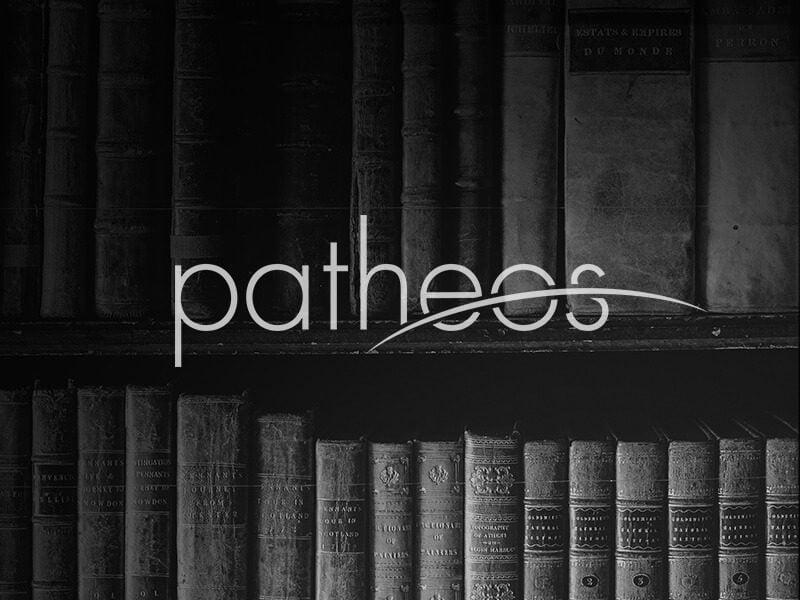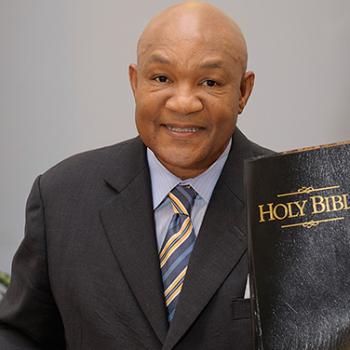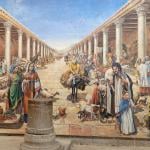The seven stars in Jesus’ hand are the angels of the churches, the seven lampstands are the churches (Revelation 1:20). In the temple imagery that John is drawing on, the lamps on the lampstand are the lamps themselves, the lights that make the lampstand luminous. The lampstand of the temple is set in the firmament of the holy place, seven lamps representing the seven known planets. For Jesus, lampstand and star are dependent on one another. The star, as a... Read more




















